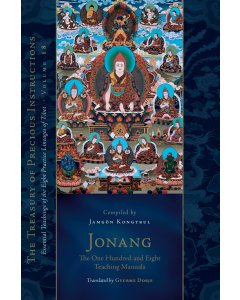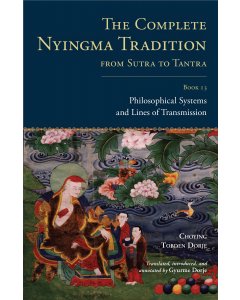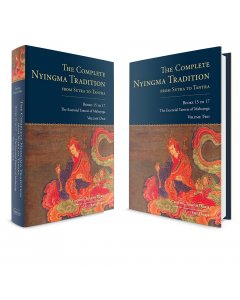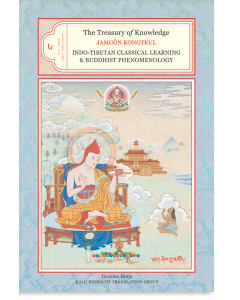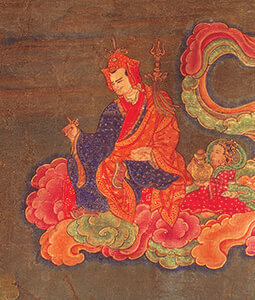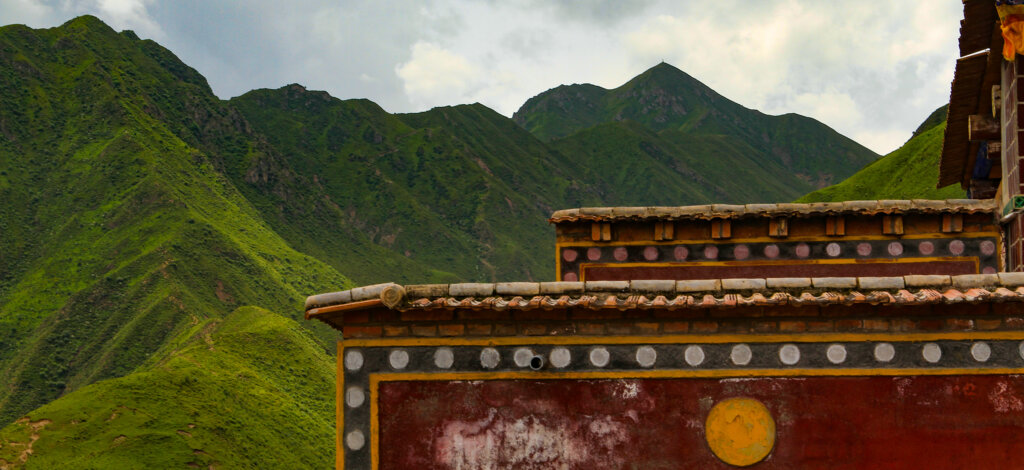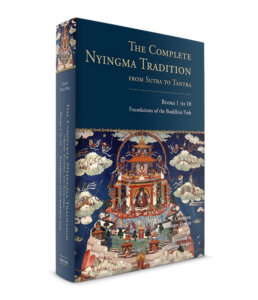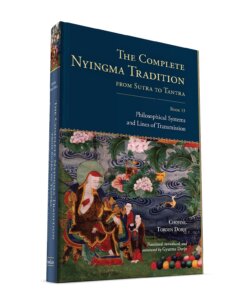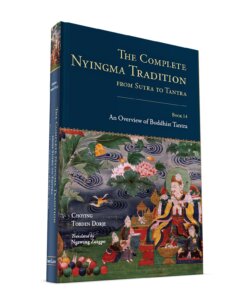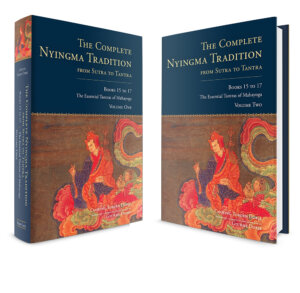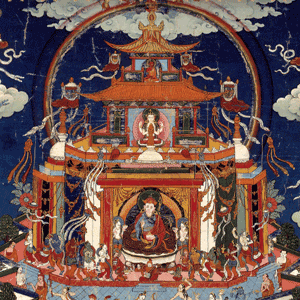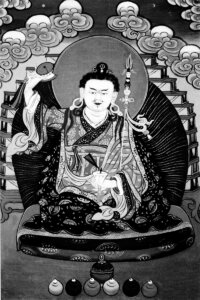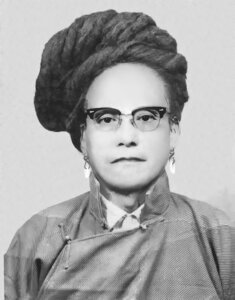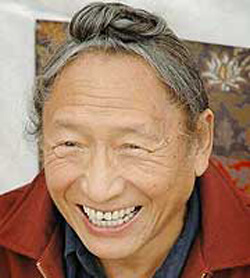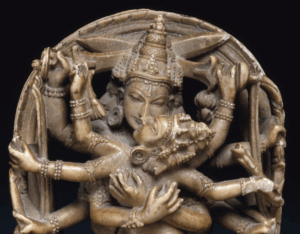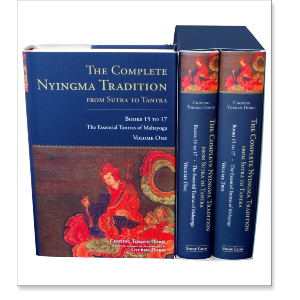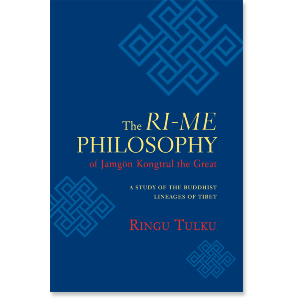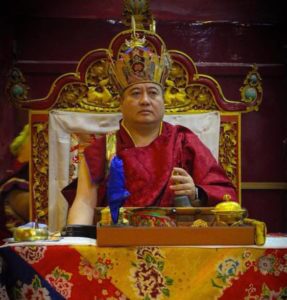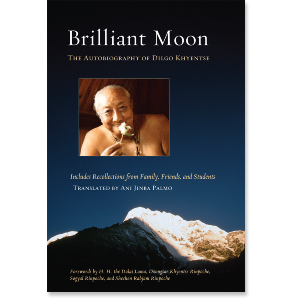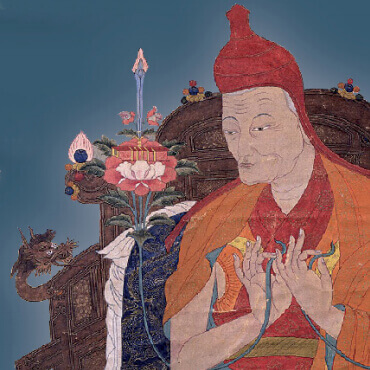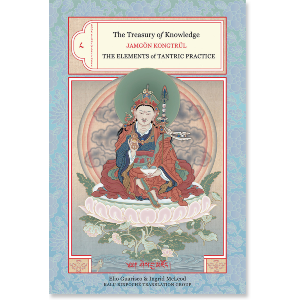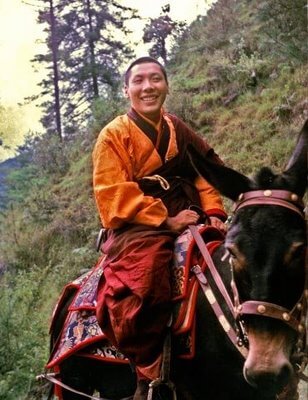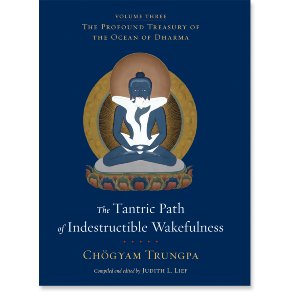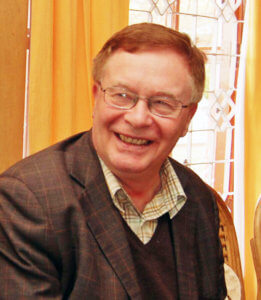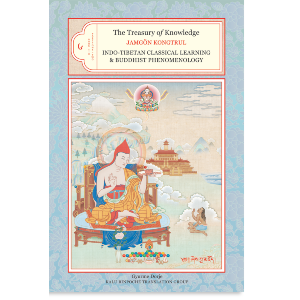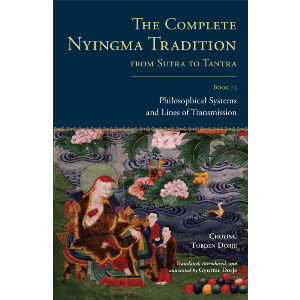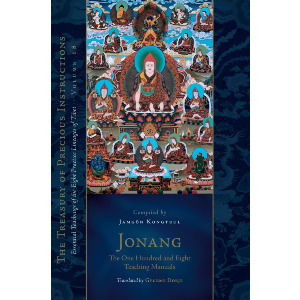The translators of this volume, Elio Guarisco and Ingrid McLeod include the following note:
This work, the first in the tantric section of the Dergé Kangyur, forms a class of its own. One set of commentaries explains it in terms of the system of highest yoga tantra; and another set, in terms of that of yoga tantra.
Manjushriyashas, in his Extensive Explanation of Chanting the Names of Manjushri, and Manjushrimitra, in his Commentary on Chanting the Names of Manjushri, expound this tantra from the perspective of yoga tantra, while Lalitavajra, in his Extensive Commentary on Chanting the Names of Manjushri, expounds it from the perspective of highest yoga tantra. The authors of the Commentaries by the Bodhisattvas interpret the Net of Magical Manifestation from the Kalachakra point of view. It has also been treated from the perspective of the central way and from that of the great perfection. Butön and others considered this tantra to be of the class of highest yoga tantra in terms of its nature but explained the sadhana in the format of yoga tantra.
Kongtrul states that, of the highest yoga tantra families of attachment, aversion, and delusion, Chanting the Names of Manjushri belongs to the delusion family. The main deity is usually a male figure without consort, although some sadhanas include a consort. However, there is neither the urging of the molten form of the deity nor the creation of the deities by emanating them from the womb of the consort. Moreover, Chanting the Names of Manjushri describes the ground, path, and result in detail but merely alludes to practices such as release and union. It teaches primarily a nonconceptual form of the phase of creation.
Kongtrul further points out that although some Indian scholars have explained this tantra in terms of yoga tantra, this does not necessarily signify that it is a yoga tantra, just as the fact that Anandagarbha’s expositions of the Guhyasamaja are written in terms of yoga tantra does not prove that the Guhyasamaja tantra belongs to the yoga class. In particular, as indicated in the Indian treatise written by Varabodhi, Mandala Rite of Manjushri: Source of Qualities, the descriptions of the secret initiation and the initiation of pristine awareness through wisdom are teachings on the inner-fi re practices involving four channel-wheels, the liberative path of contemplation of the deity in union, typical of highest yoga tantras. Th is point is explained in Smritishrijnana’s commentary on the Sadhana of the Net of Magical Manifestation of Manjushri. Moreover, the presence within the sadhanas of the Chanting the Names of Manjushri of the four seals and other practices that are the same as those of yoga tantras does not prove that this tantra does not belong to the highest yoga tantra class since such practices are also found in the Chatuhpitha.
Ngoktön Chöku Dorjé (1036-1102) was the holder of two lineages of the Chanting the Names of Manjushri: one transmitted from Marpa, who received the initiation and teachings on the tantra from Maitripa, and the other, from Purang Sherab Dorjé . (Ngoktön received the transmission from Purang before meeting Marpa.) The first of these lineages is exclusively that of the highest yoga tantra; the second lineage (which eventually vanished) was in accordance with yoga tantra. See Kongtrul’s Sadhana of Chanting the Names of Manjushri, Lord of All Tantras, Union of Families: The Blazing Sword of Pristine Awareness.

